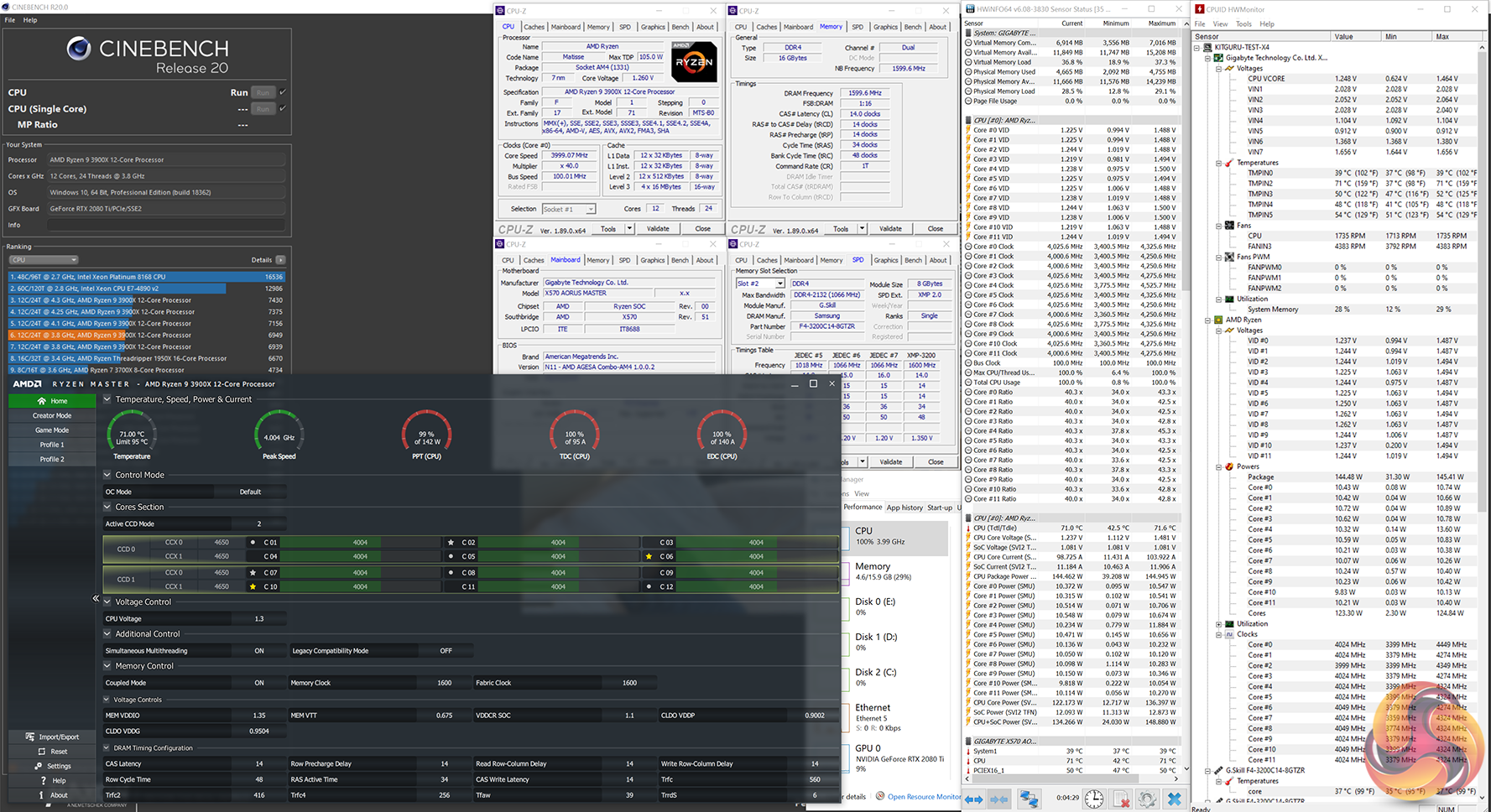
However, since Intel validates their thermal specifications at a steady 100% TDP, it's most appropriate to select utilities that don't overload or underload the CPU. This article provides some excellent comparisons.
Aida64 cpu stress test thermals software#
Since most users test their rigs without a sense of scale for power and temperature, they can't compare apples to apples, especially when combined with major variables such as differences in ambient temperature, hardware configurations and software utilities. Otherwise, great work! I was very pleased to read this article!Ģ0741319 said:As the author of the Intel Temperature Guide - I can fully appreciate how much work went into creating this outstanding article, which has been sorely needed! The only utilities I've ever found that come as close as possible to 100% TDP are Prime95 v26.6 Small FFT's as a steady workload for thermal testing, and Asus RealBench as a fluctuating workload for stability testing.Īlthough the topic of Prime95 (with and without AVX) was covered, I would like to have seen RealBench included in your test suite,since it's widely accepted as an excellent utility for testing overall system stability, and uses a realistic AVX workload. Nevertheless, our results are very similar. The Intel Temperature Guide differs in its approach toward the topic of processor Core temperatures and cooling with respect to Intel's TDP specifications, and distinguishes between steady workloads for thermal testing versus fluctuating workloads for stability testing. This article provides a perspective and some excellent comparisons. So far so good for this 8700K.As the author of the Intel Temperature Guide - I can fully appreciate how much work went into creating this outstanding article, which has been sorely needed! After that when Im left with a small handful of options, I use some of the other stuff and a long late game play session of TW Warhammer 2 on campaign map to really get a definitive answer. Its a quick method to narrow down on required volts and settings. Still partial to OCCT because for some reason it will throw you an error extremely quickly if you arent stable.


One thing is definitely true, you need several testing apps to get some idea of your stability, your peak temp under sustained load is just one part of that.

nice if all you care about is how hot things can get, but I question the use of long crunch time when it comes to stability in power state switching and highly varying loads which is what most PCs are used for. nnnyeh to what end? Stability at sub peak clocks? Youre not seeing the cards end performance or power behavior. Not really in agreement on the listed apps. If you put a GPU at 99% load it will likely still show somewhat higher temps in the lower resolution runs.


 0 kommentar(er)
0 kommentar(er)
